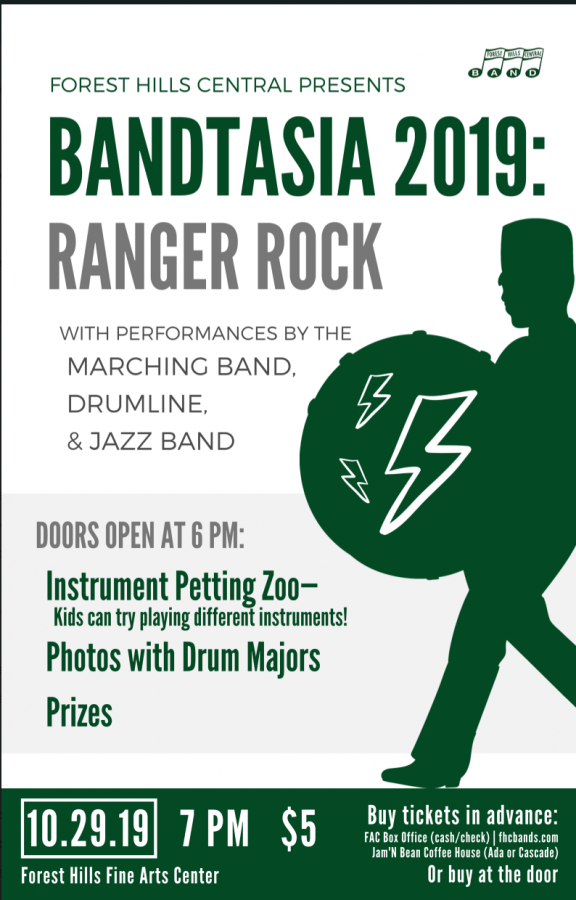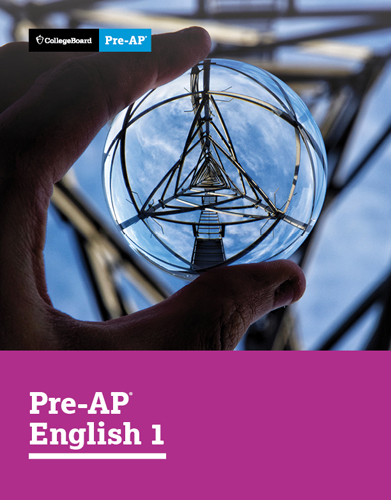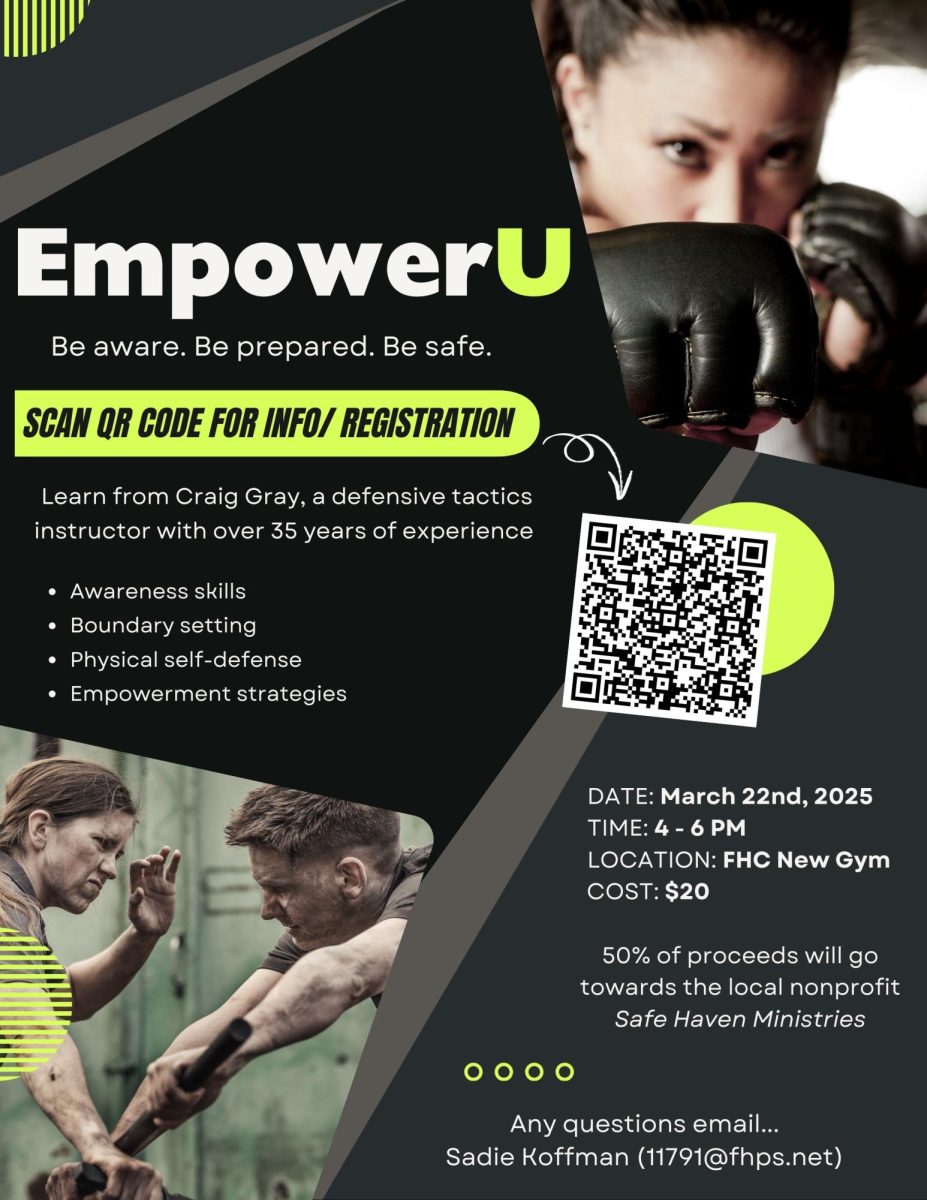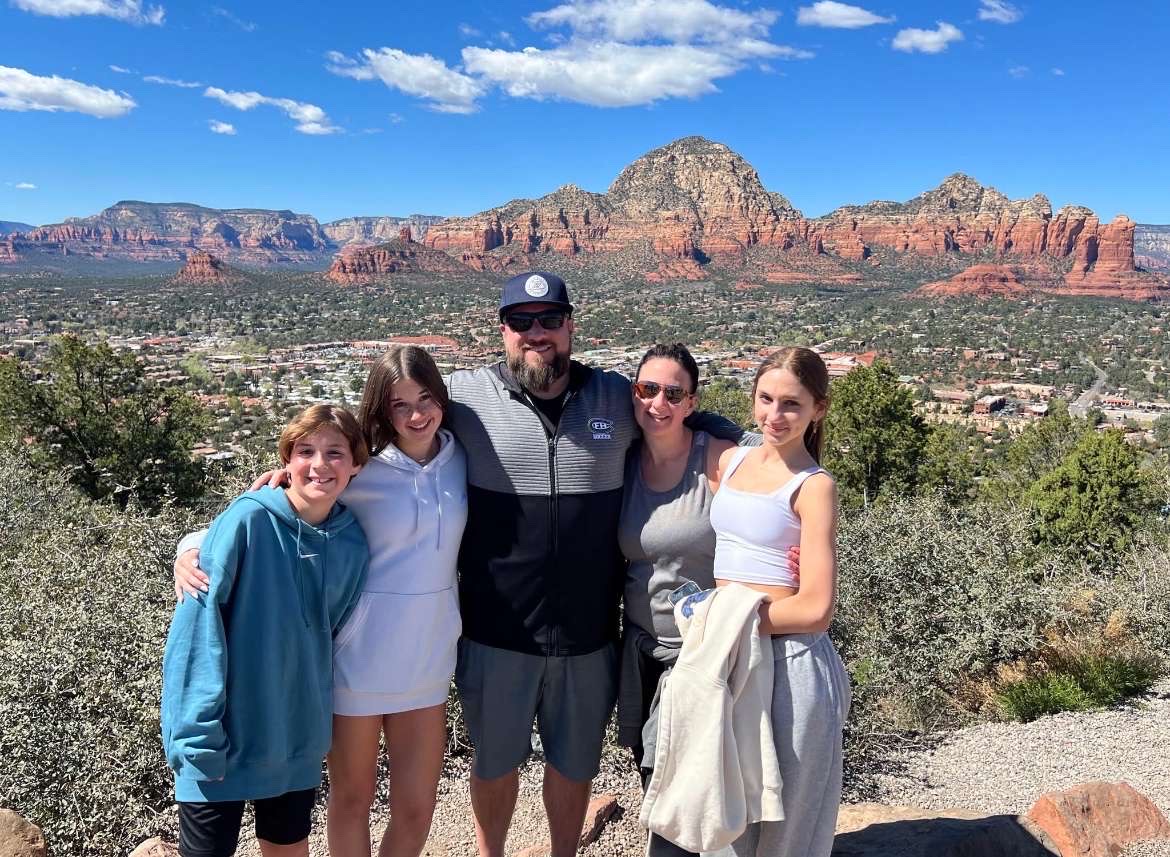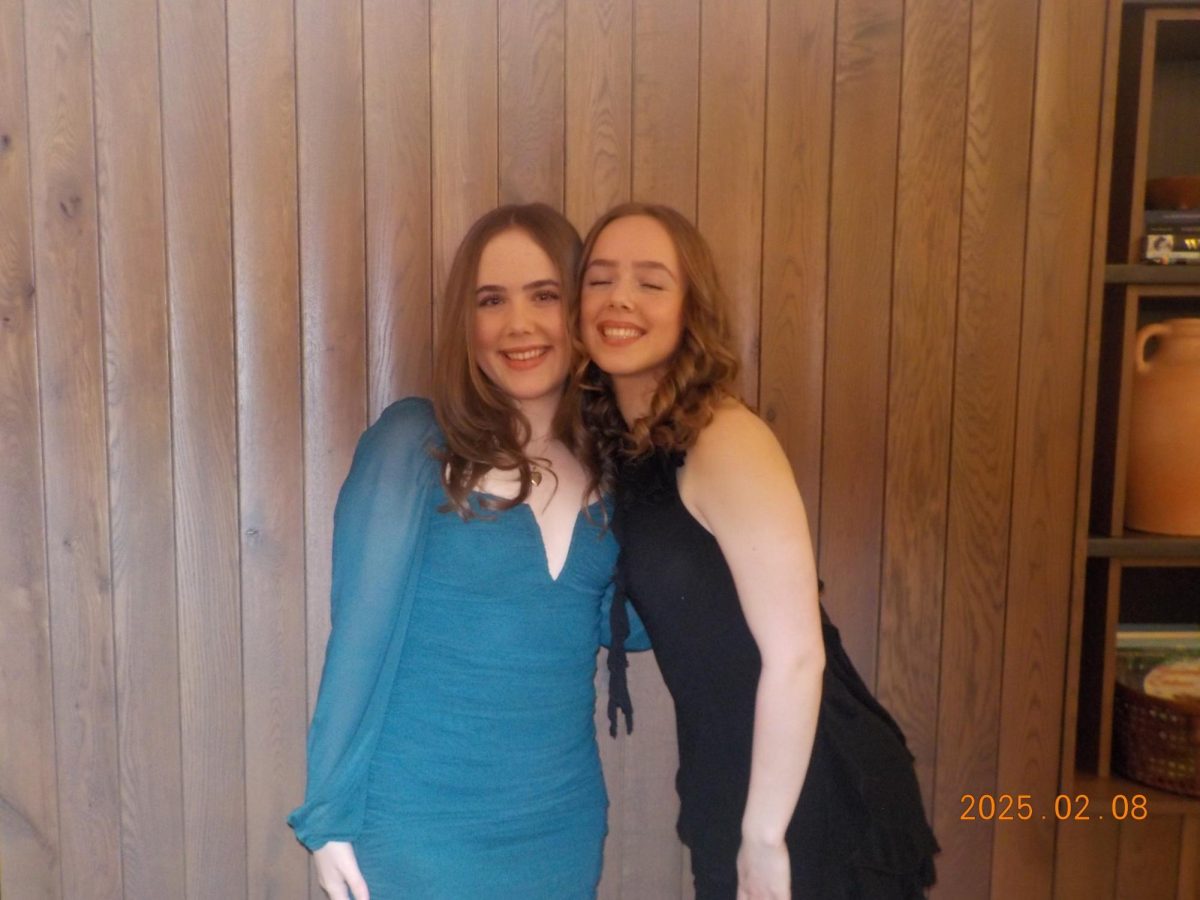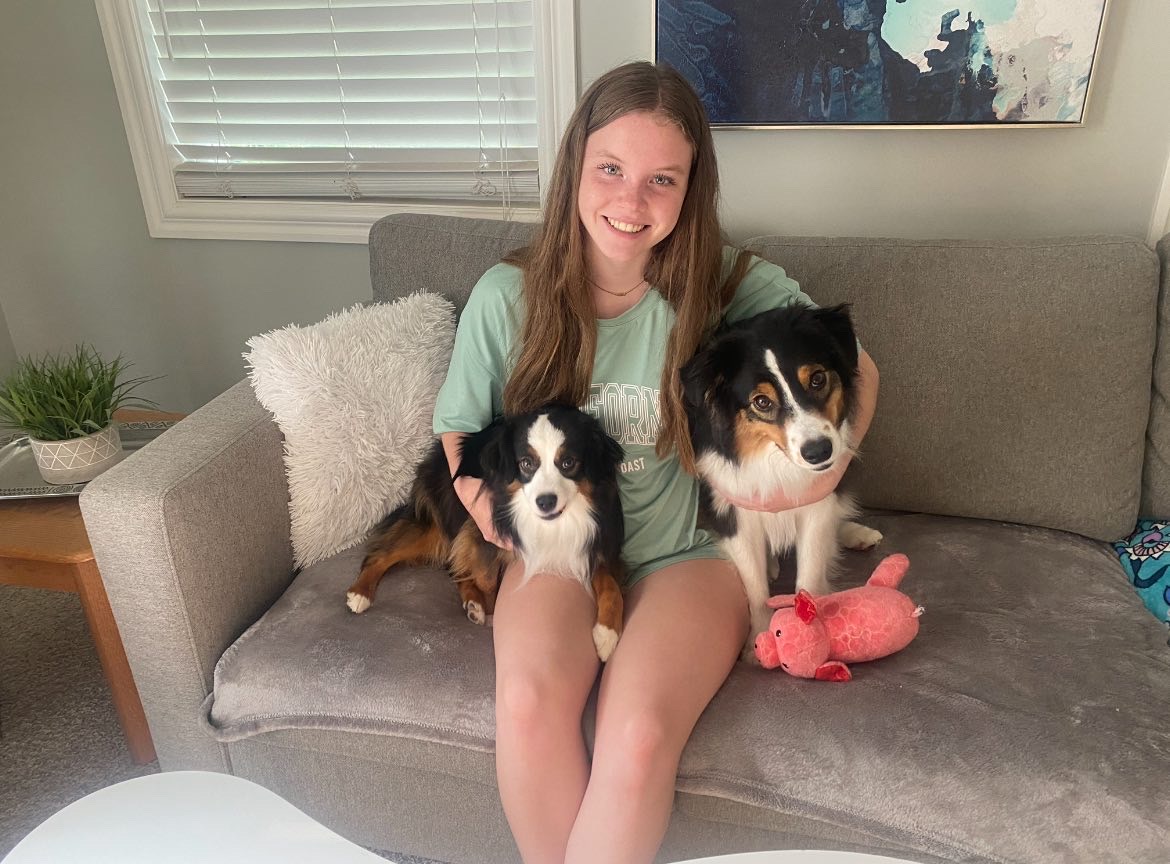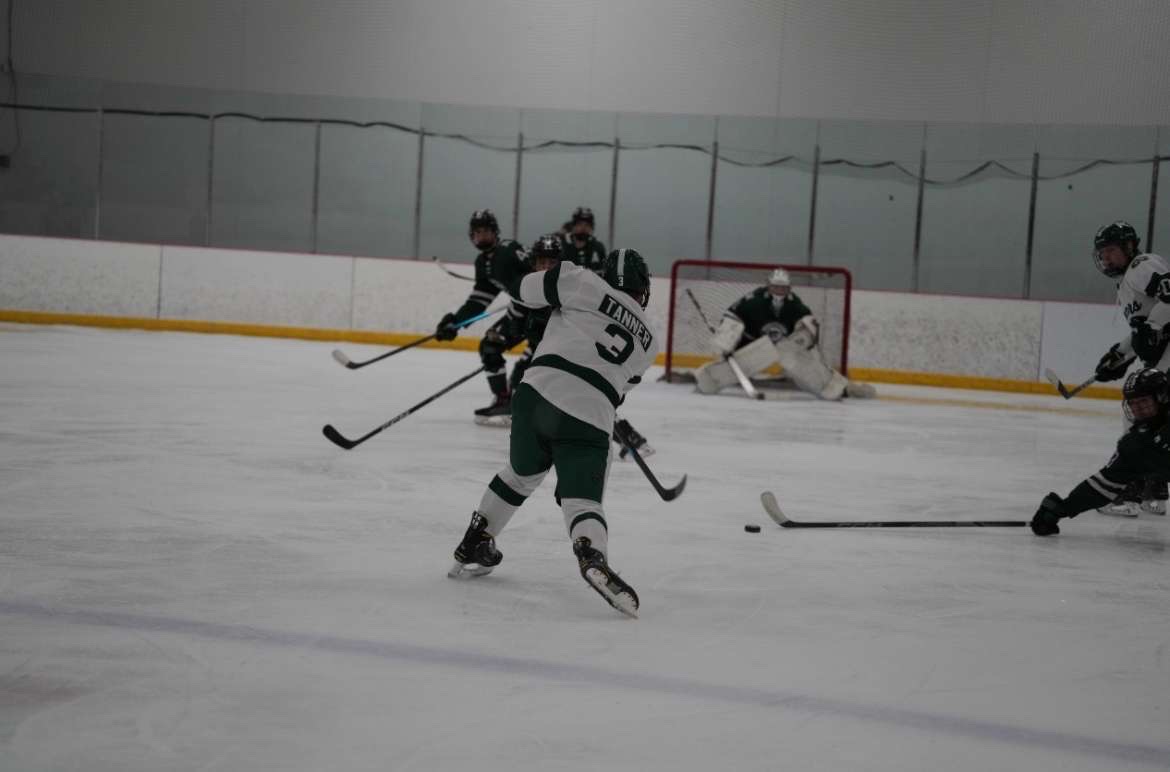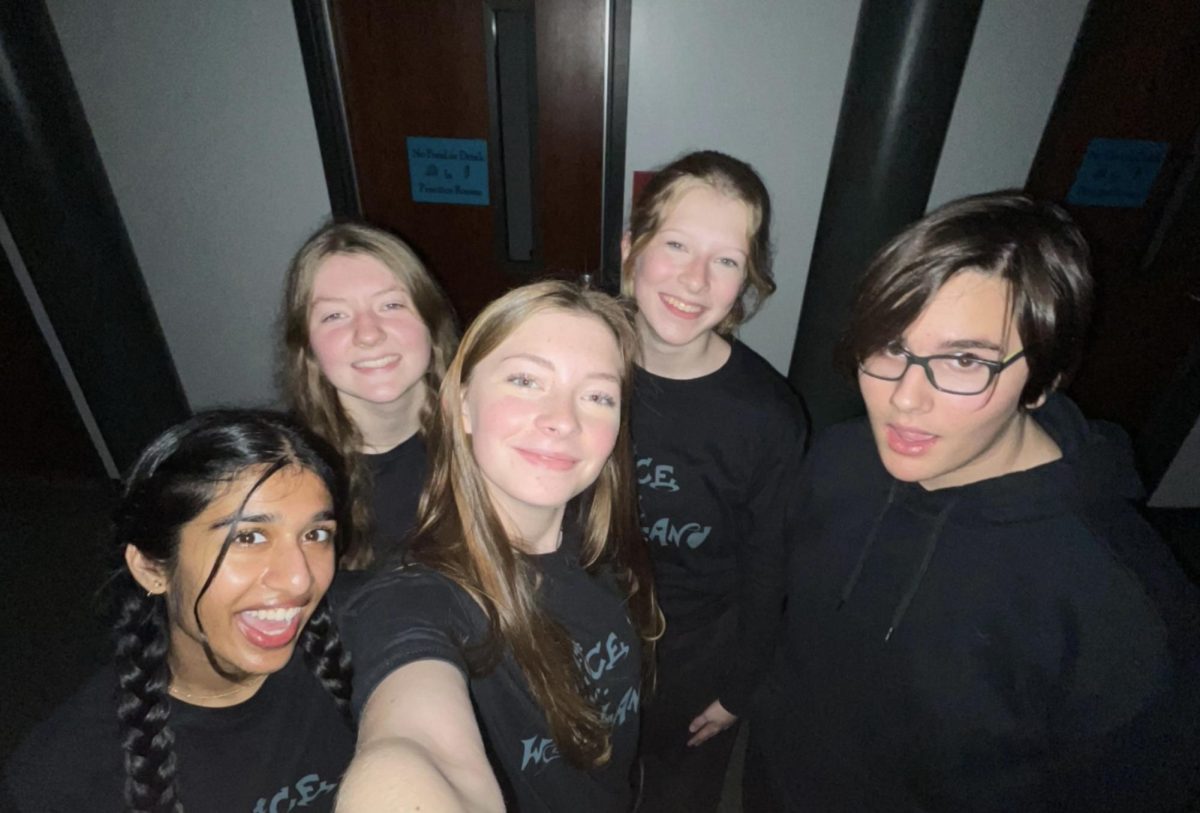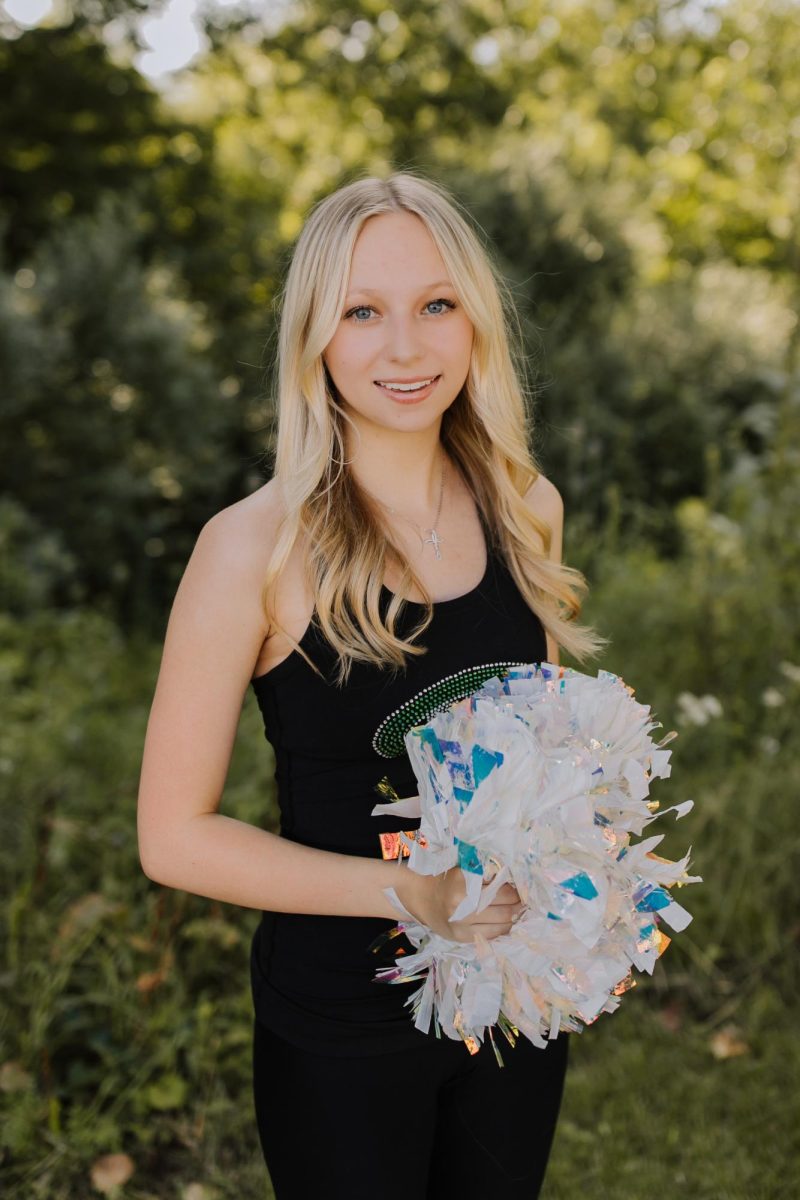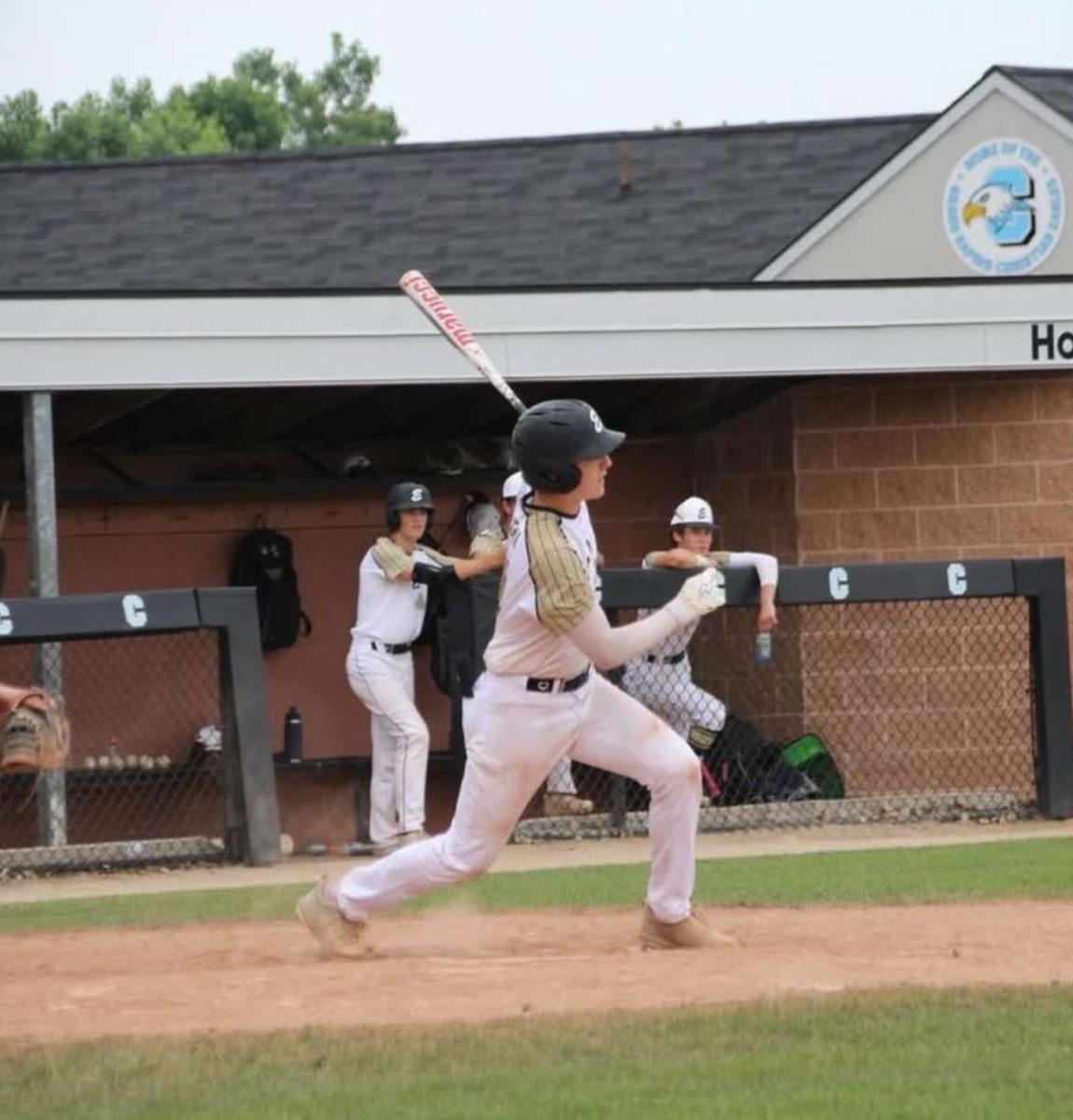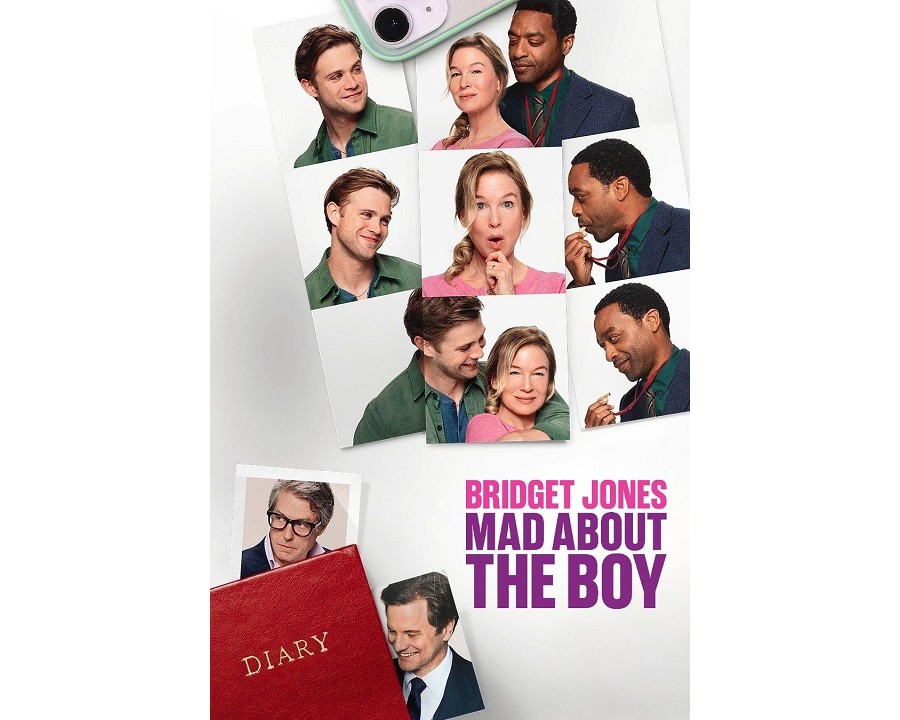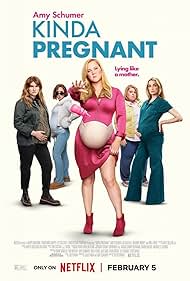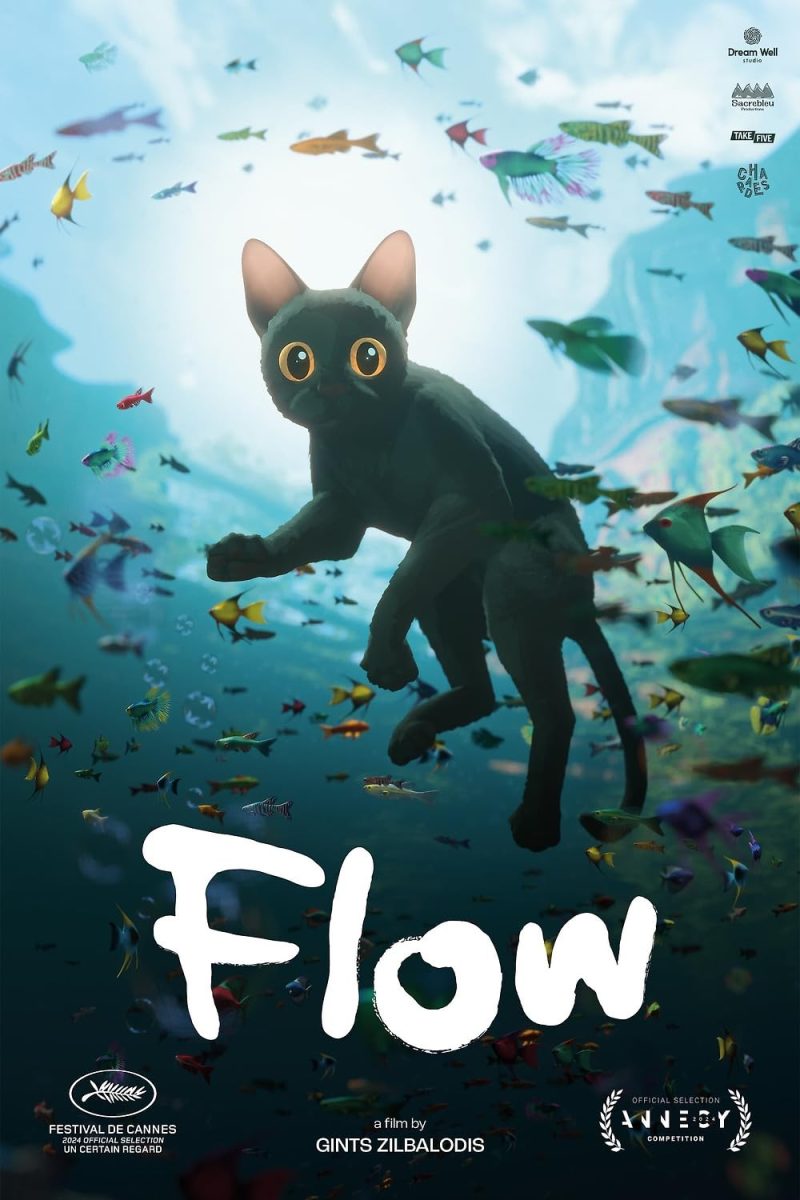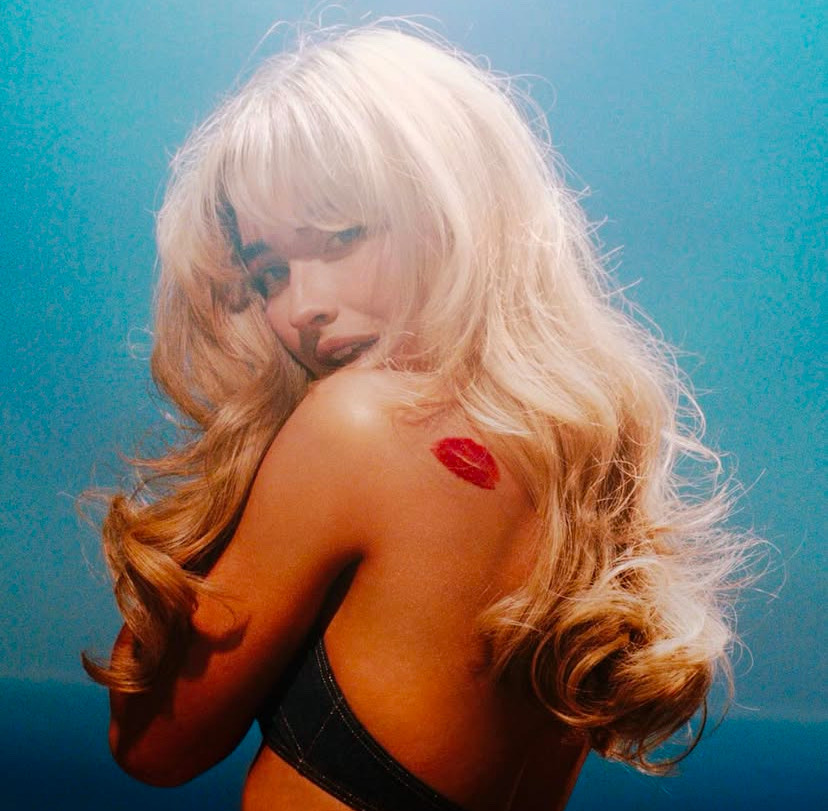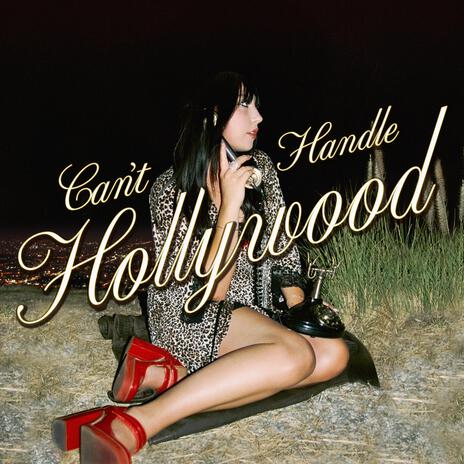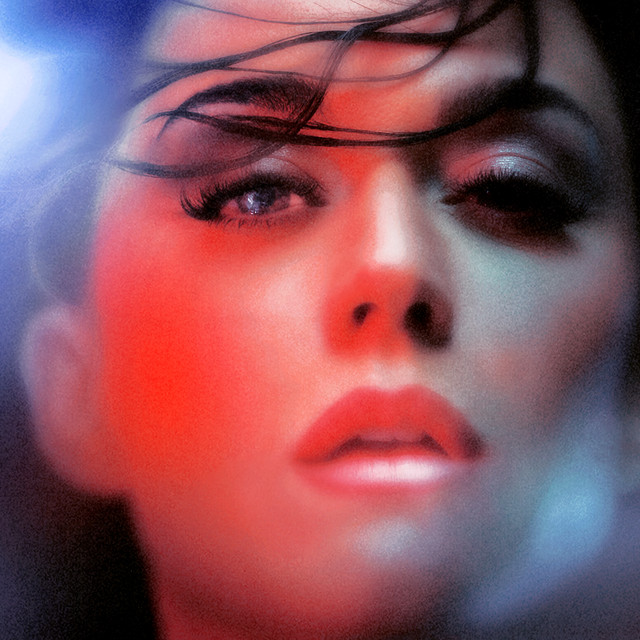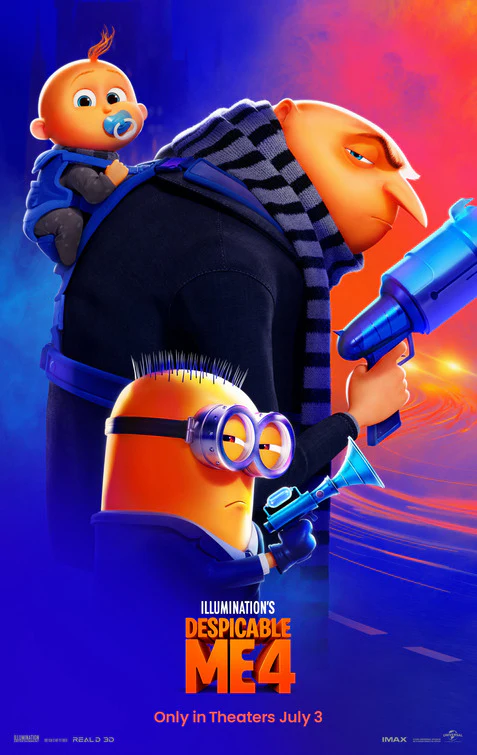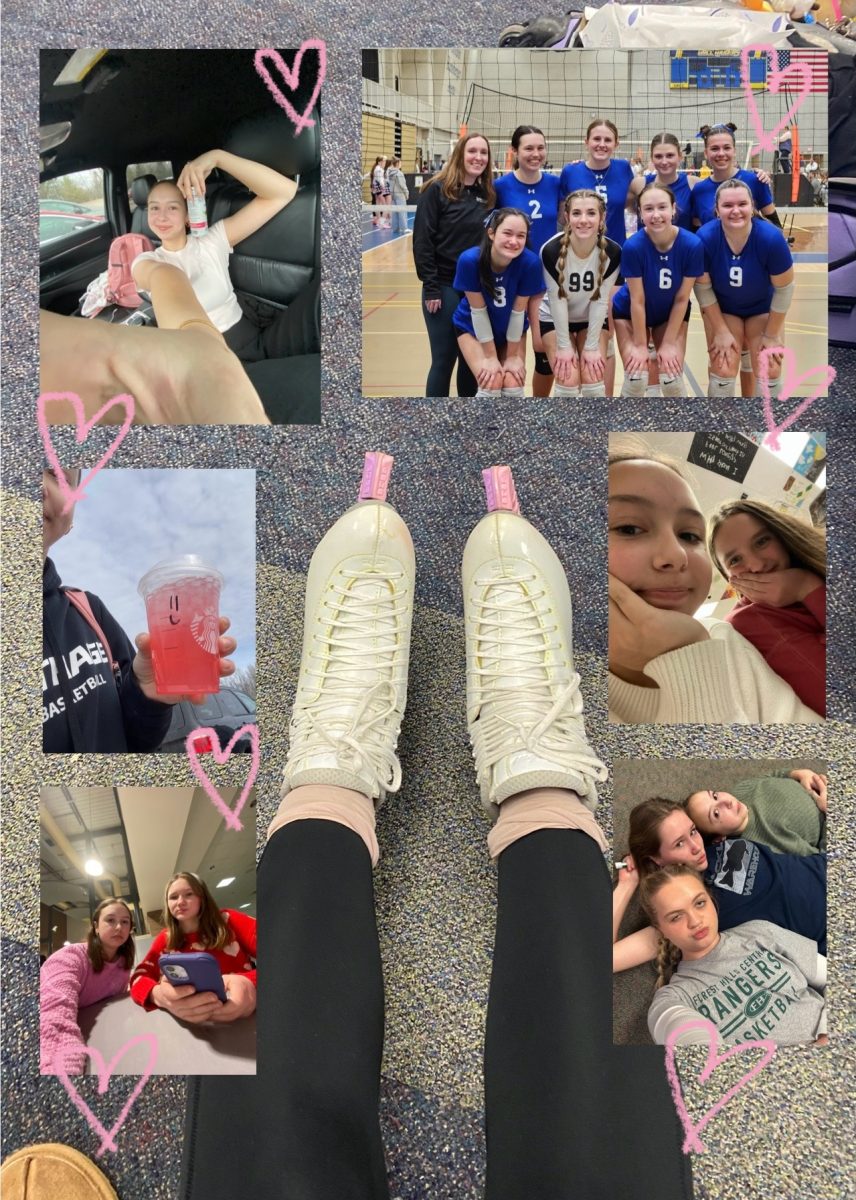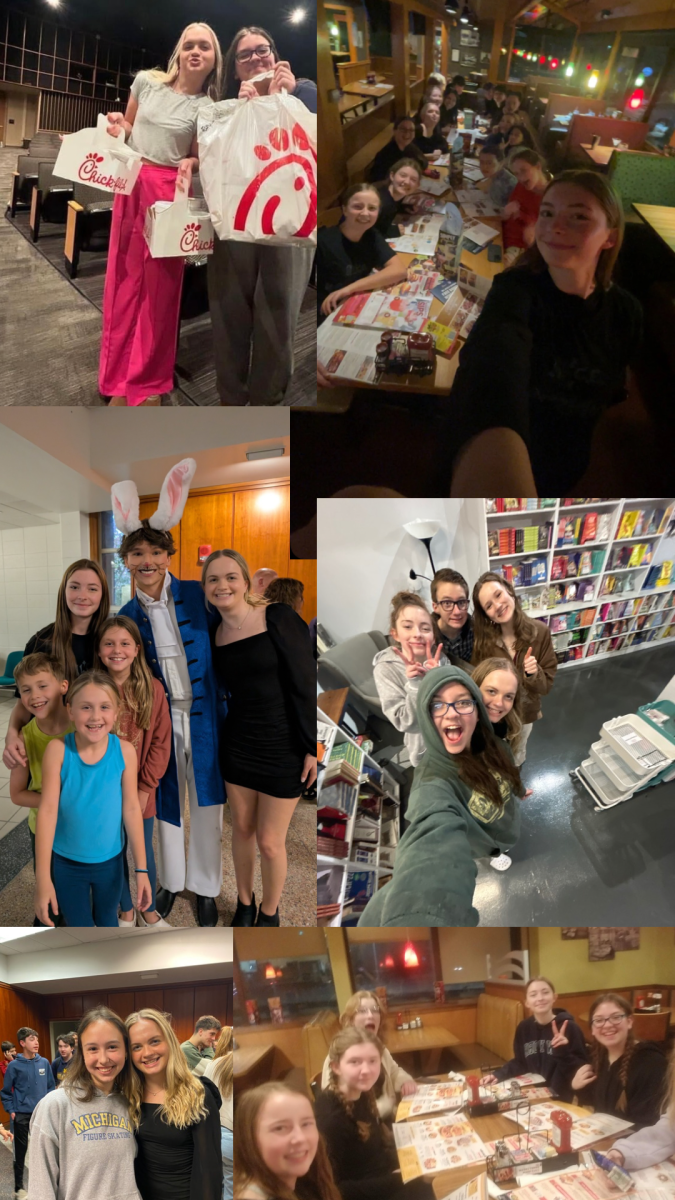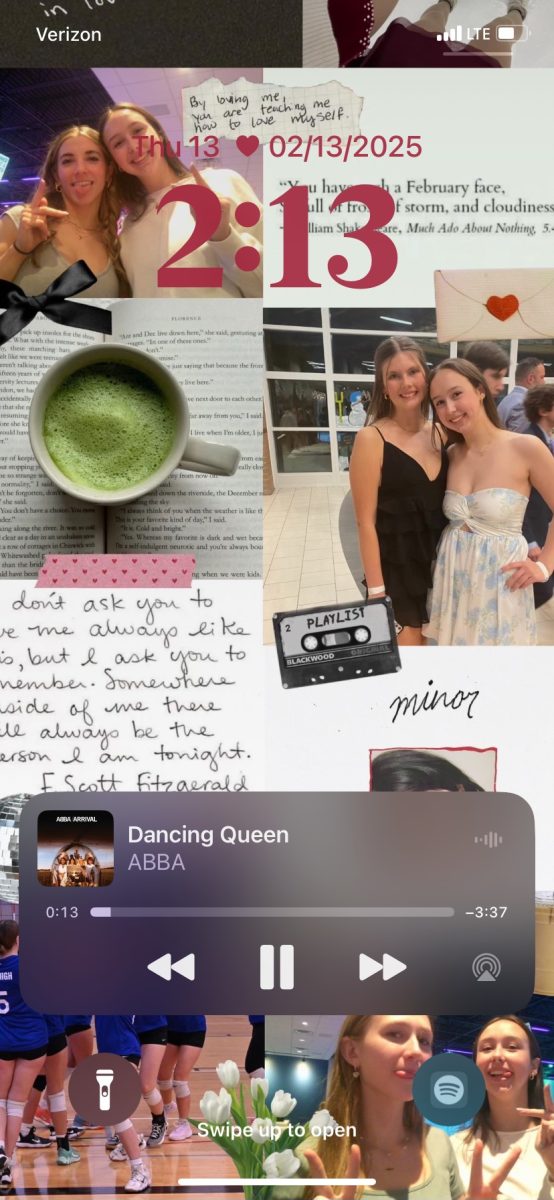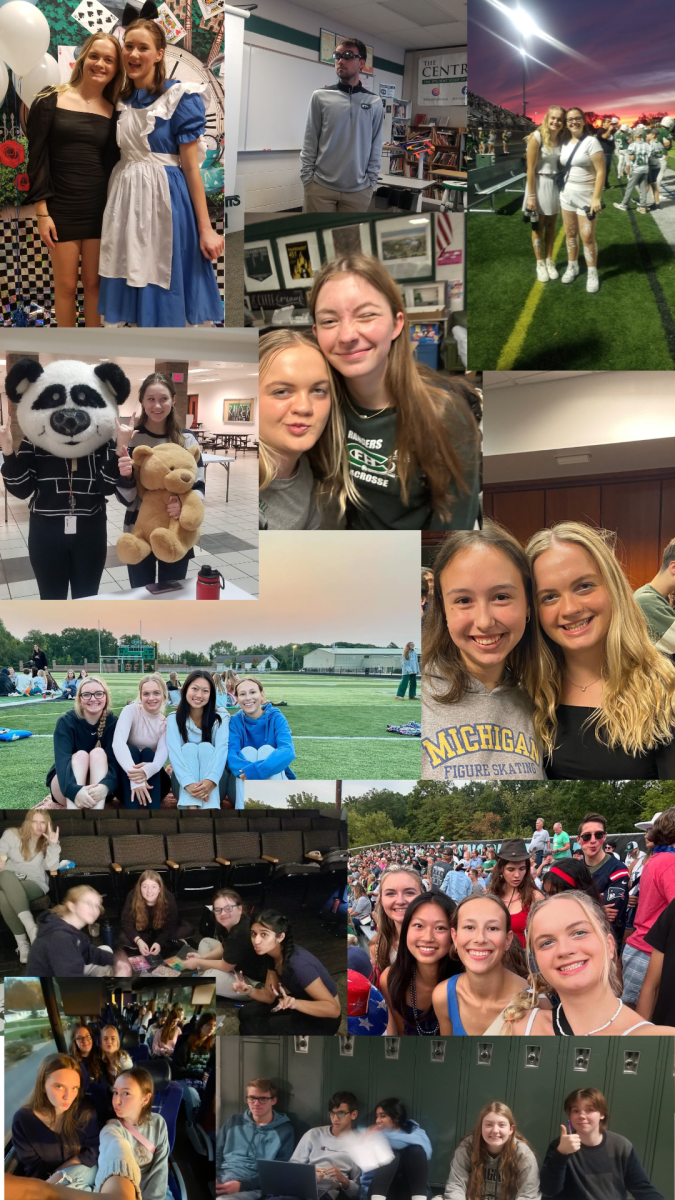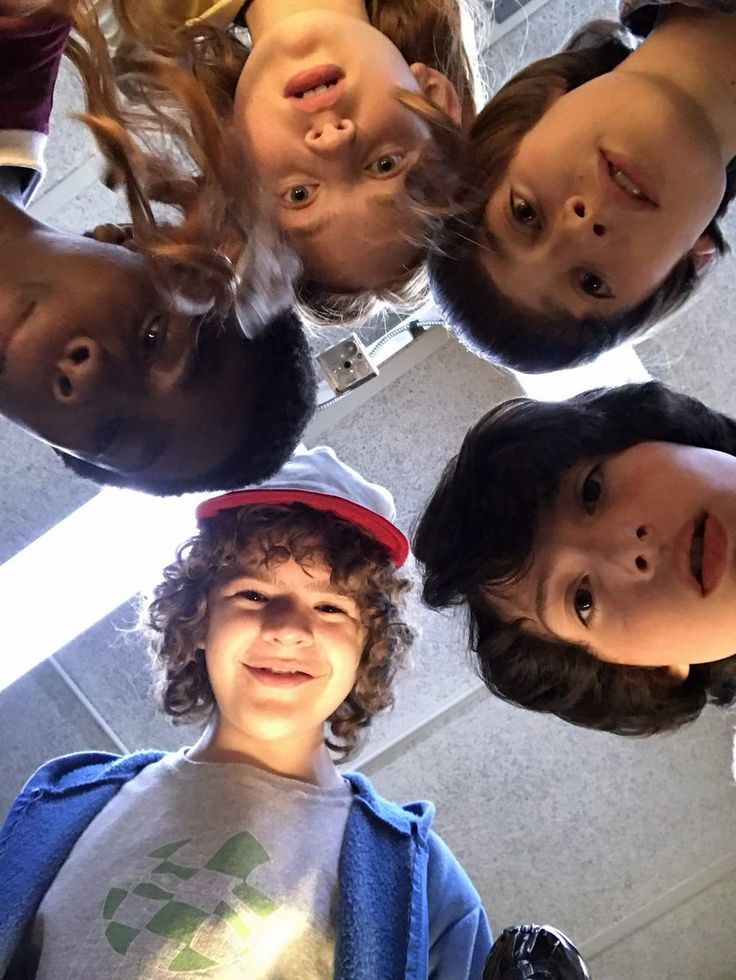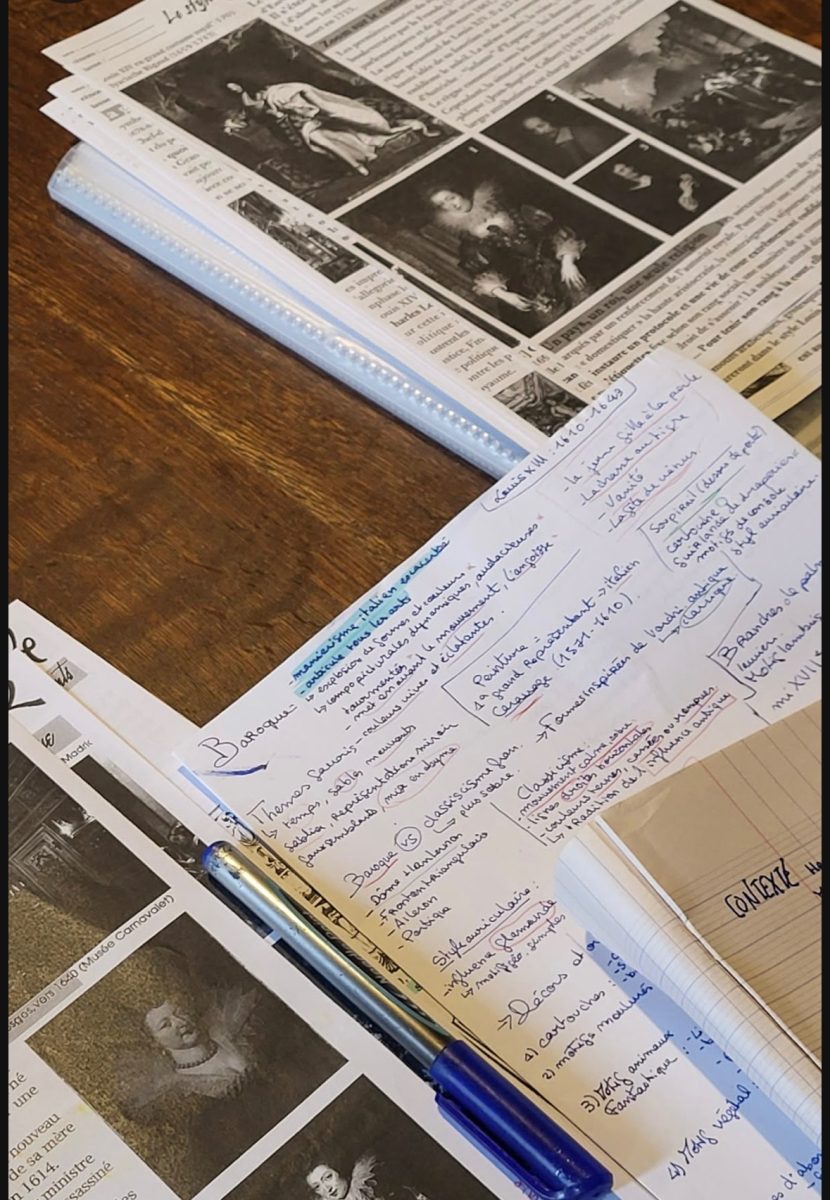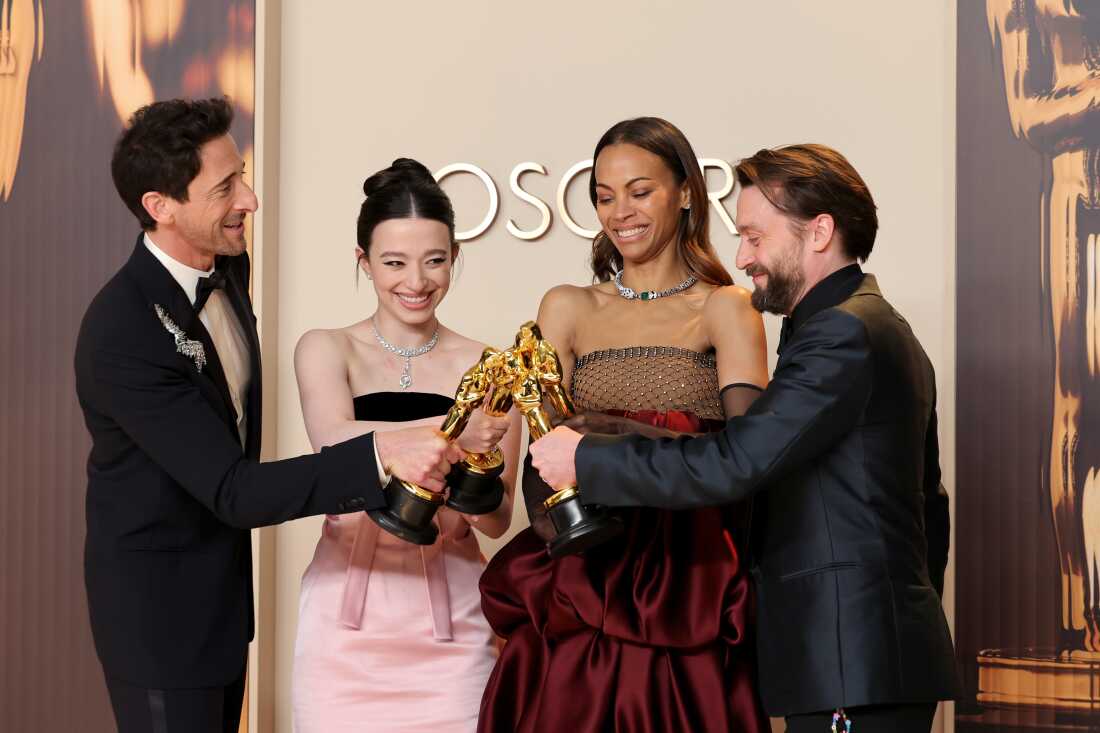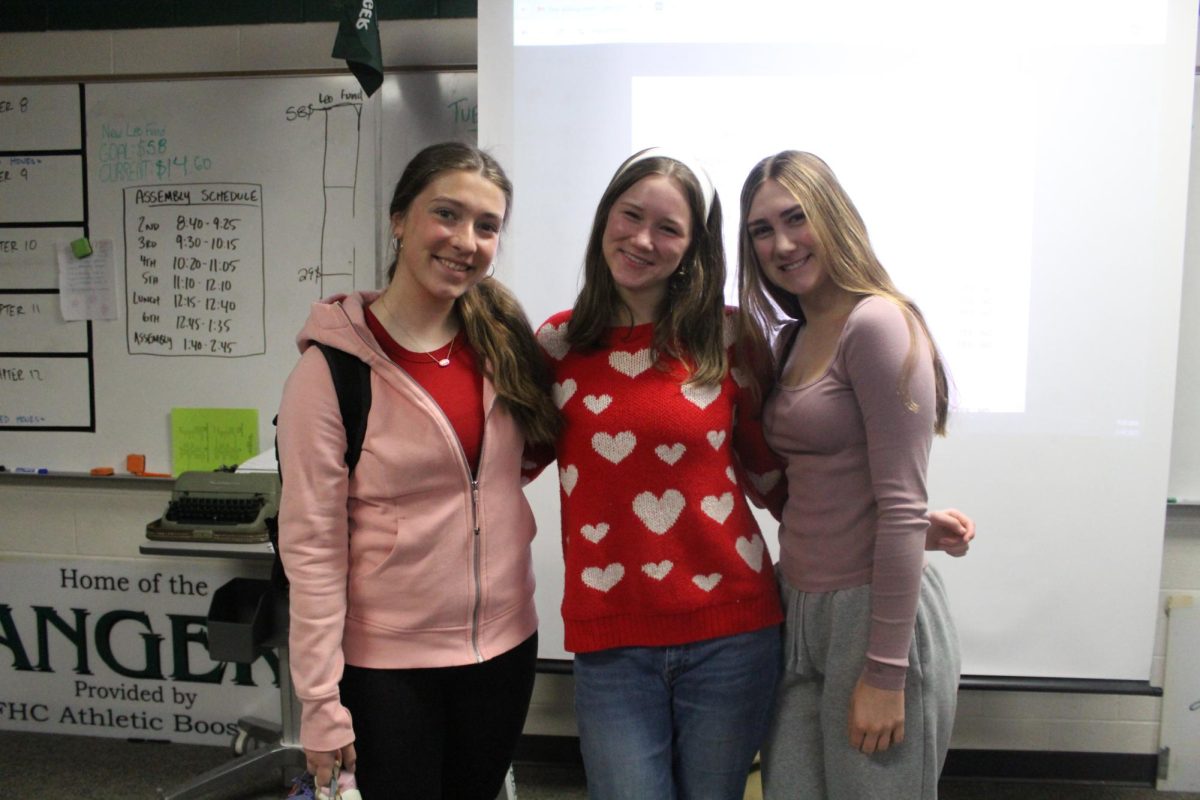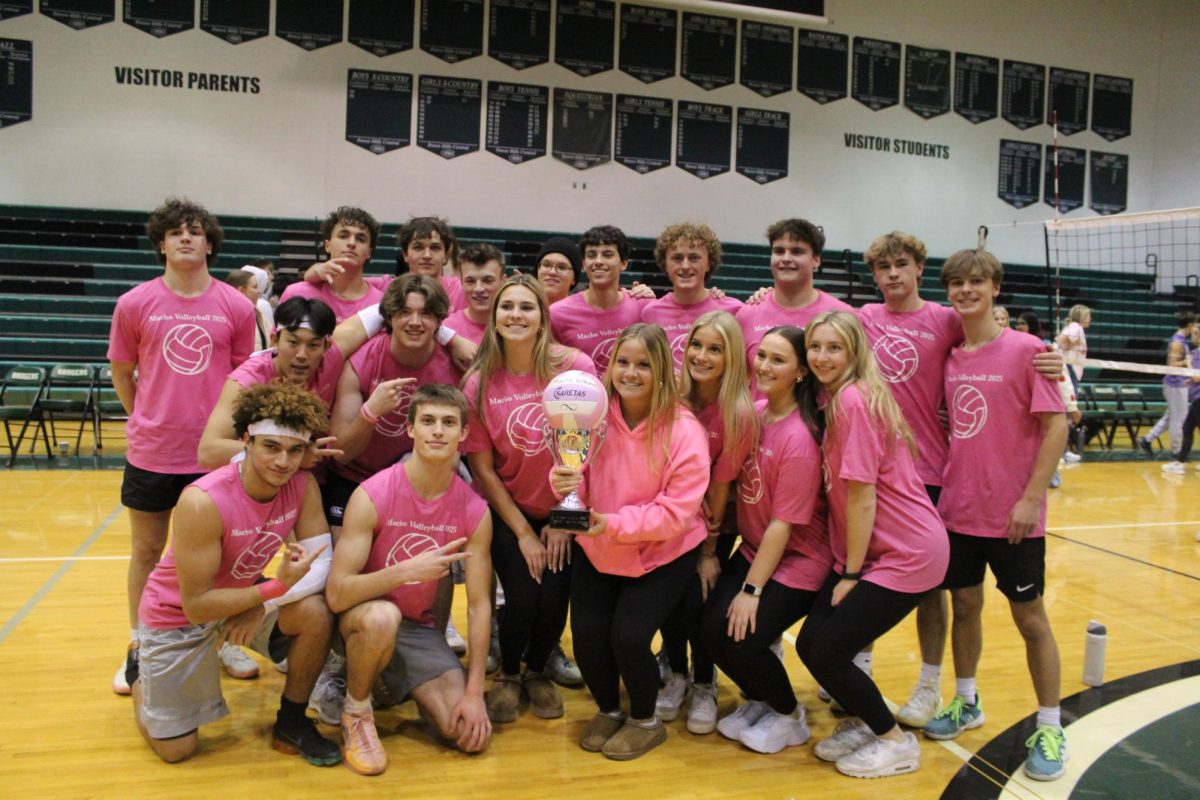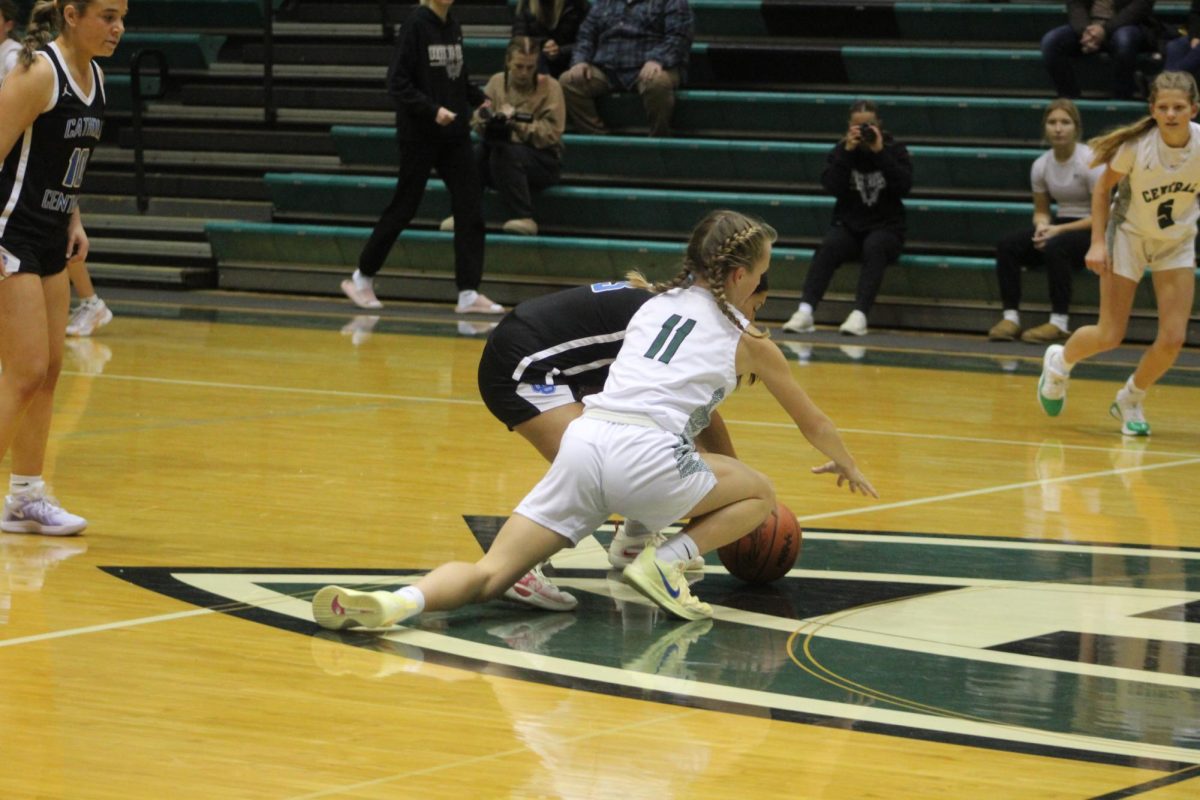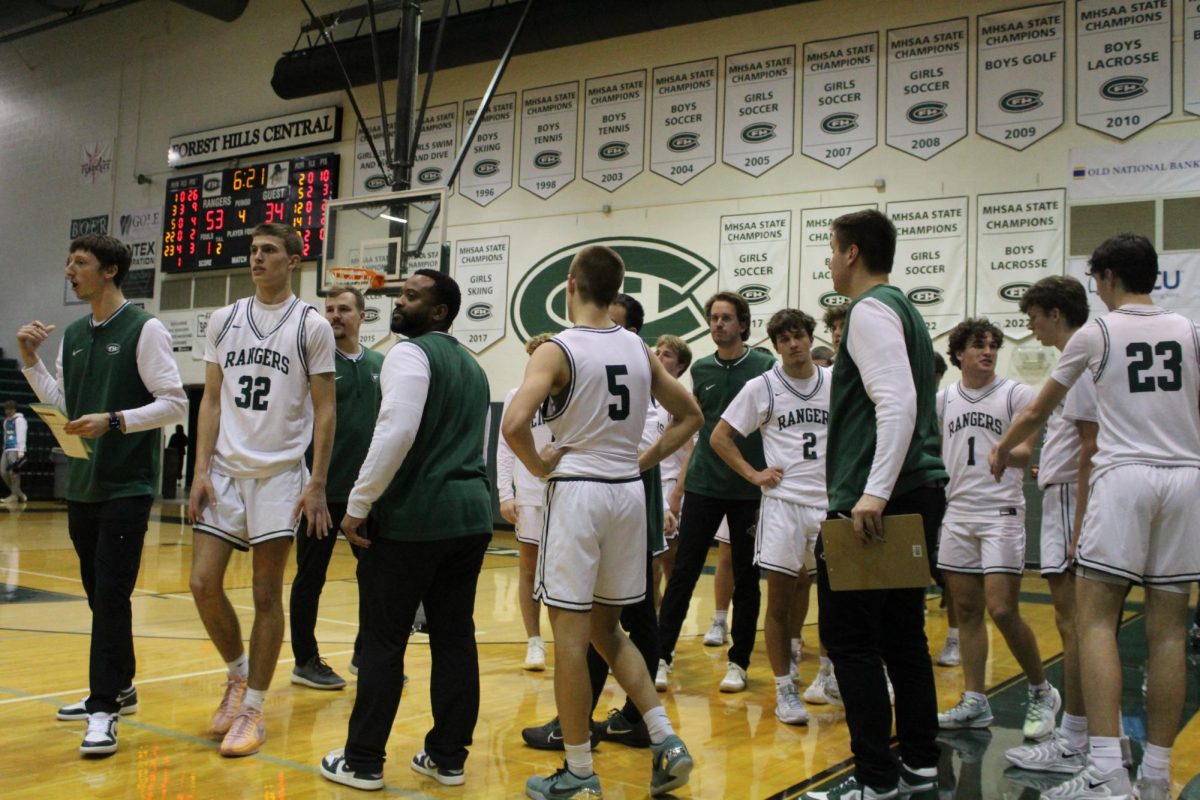Ghostbusters: Afterlife, a film of new and old memories
A dark, eerie opening rings through the movie theatre as Ghostbusters: Afterlife begins. The noise rises and falls, and the silence is deafening as I sit, ears plugged, waiting for the jump scare to occur.
I haven’t seen the original Ghostbusters since I was almost seven. All I can recall is a fuzzy outline of the Stay-Puft Marshmallow Man, but I couldn’t tell you the names of any of the characters.
When my friend asked me if I would go see the new Ghostbusters film with her, I was conflicted. I had little to no interest in seeing it, but I was craving movie theater popcorn.
I didn’t sit down in theater 14 with high expectations or any ounce of excitement for this film, only the concessions, and I still don’t understand some of the references that might have been used. All I understand is that Ghostbusters: Afterlife was an adventure-filled, chaotic movie that I, surprisingly, enjoyed.
Phoebe Shandor, the stereotypical nerd, was so beautifully casted. Child actress Mckenna Grace always brings a sort of preformed awkwardness to her variety of roles, which fits Phoebe like a glove—a girl struggling with social interactions who, fittingly, finds herself living on a haunted farm.
After a financial crisis, Phoebe, her brother, and her mom are forced to move into the mysterious estate where her grandpa grew old. After he mysteriously passed away in Summerville, Oklahoma, the acres were passed down to them.
When Pheobe first entered her grandpa’s home, she willingly picked up a glowing and buzzing gadget sitting on a desktop without any forethought. The hints of stupidity lingering throughout the movie, such as this gullible instance, were frustrating to me.
Phoebe later discovers a ghost trap and brings it to her summer school class. While being portrayed as the typical book-smart character, her lack in common sense reminded me of most poorly done horror movies that are painful to sit through.
Yet, a shocking discovery was made when her teacher, Mr. Grooberson, portrayed by People Magazine‘s Sexiest Man Alive: Paul Rudd, sees her trap and refers back to the Ghostbusters team. The connection between relations is finally discovered, and shocking information is surfaced. This encounter created a new adventure for the family that summer.
The theme of love and romance played a role during the feature, which shocked me. I thought it would be an action movie purely focusing on catching the ghosts, but Finn Wolfhard, playing Trevor Shandor, fell in love with a mysterious girl. Not only was there teen romance, but also adult romance.
Movies that completely surround intimacy are not ones I love to see. However, my favorite part of the entire film was the return of the Mr. Stay-Puft, but instead of the original, it was multiple miniature ones.
The tiny ghosts embodying the marshmallow man were the cutest things I’ve ever seen and brought a slight sense of nostalgia and cuteness to the dark, action-packed film.
Besides a few scenes, this movie had less fearful aspects than I expected, but this made it more enjoyable for me. While some people might come for what they thought to be a horror movie, they will fall in love with the plot and characters regardless of having prior knowledge of the original film.
The ending, showing reconnection and unspoken love, was all tied together and was a perfect finish to a lovely movie. My expectations were lower entering the movie than exiting, and the two end credits also fit to raise my pleasure of the movie even more.
If you are a huge Ghostbuster fan or someone who just loves to watch action play out, Ghostbusters: Afterlife is a perfect movie.

Amelia DiBenedetto is a sophomore, junior staff writer for The Central Trend. Amelia’s love for writing motivates her to script stories for anyone to...





